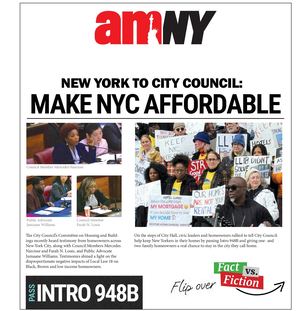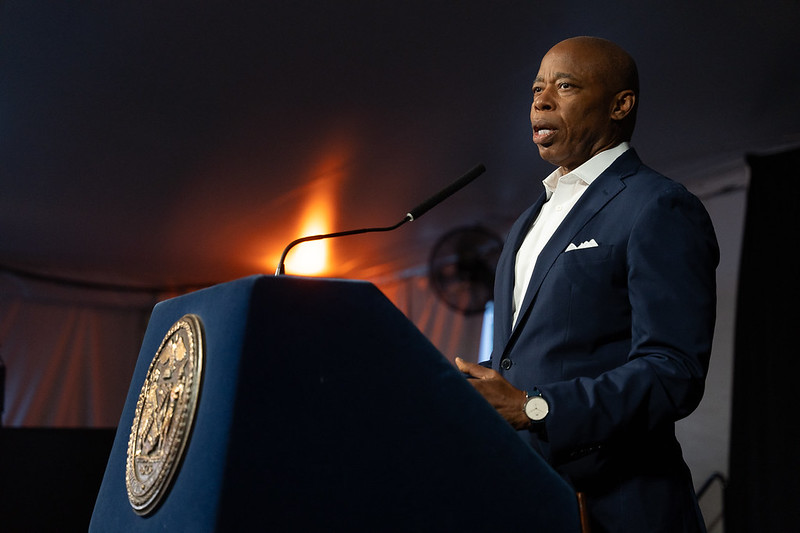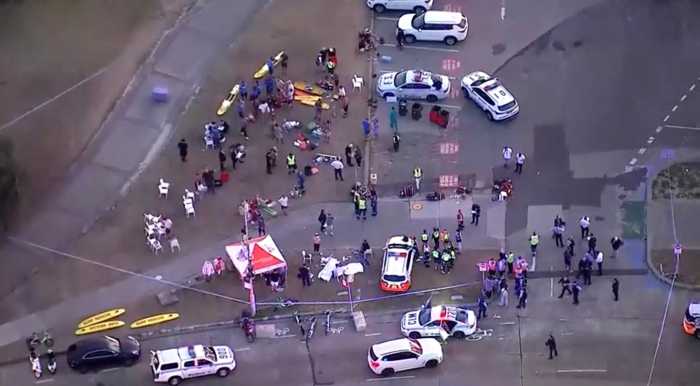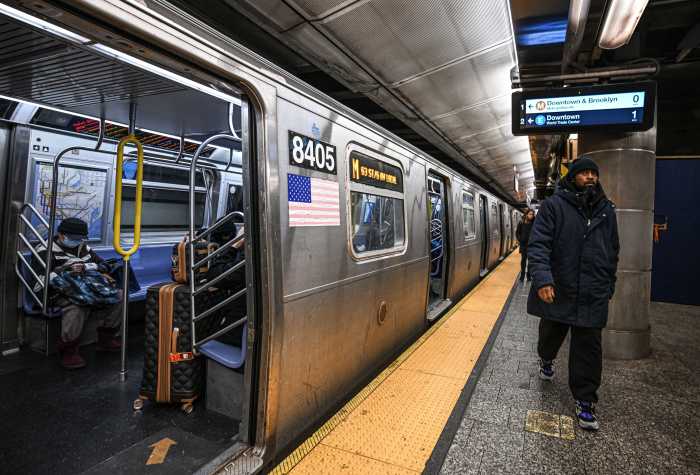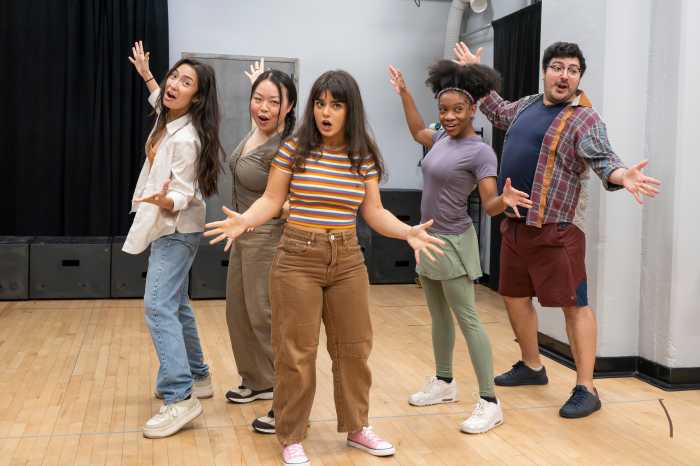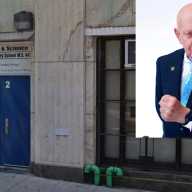Over the last four years, the Adams administration has delivered four on-time, balanced, and fiscally responsible budgets. This year, we continued our record of strong fiscal management with a $115.9 billion Adopted Budget. This record of achievement was built on the Fiscal Year 2026 Executive Budget, often called the “Best Budget Ever.” And earlier this month, we updated the budget with even more investments that will continue to keep our communities safe, improve quality of life, make our city more affordable, and support our young people and older New Yorkers.
Safety is the firm foundation on which all other achievements are built, and the November Plan provides additional funding to put us on track to increase the NYPD’s uniformed headcount by 5,000 officers — bringing the total number of officers to 40,000 in the next three years. This is a massive new investment in our city’s public safety efforts and part of our plan to keep New York City America’s safest big city in the years to come.
Through the November Plan, we also announced a new model for our city’s emergency mental health crises teams, known as B-HEARD. Going forward, our B-HEARD teams will be run entirely by NYC Health + Hospitals, changing the current model, which partners with the FDNY. This will allow our FDNY EMTs to focus on other emergency responses as part of our city’s efforts to improve ambulance response times and use our resources more efficiently, while still addressing mental health emergencies and allowing them to scale in the future.
Additionally, we took this opportunity to increase funding for other public safety needs, including our quality-of-life response operation at the Bronx Hub, our efforts to prevent Legionnaire’s Disease, and increasing staffing in the Bronx and Brooklyn District Attorneys’ Offices.
Moreover, the November Plan focuses on making our city more affordable by putting more money back in New Yorkers’ pockets. We are increasing funding for rental assistance to the city’s 60,000 households who use CityFHEPS vouchers and investing more in our city’s shelter system. We are also expanding the New York City Department for the Aging’s Caregiver program to support an additional 3,000 participants who care for their loved ones. We are continuing to help pay loans for struggling taxi drivers, reinstating weekend ferry service between Brooklyn and Governors Island during the 2026 May through October high season, and reimbursing owners of qualified properties who purchased wheelie trash bins as part of our ‘Trash Revolution.’
The November Plan also supports our young people and their education by funding the costs of providing 350,000 Chromebooks for our public-school students, as well as increasing staffing and programming for the Adams administration’s “After-School for All” expansion to provide universal after-school programming to all families who need it.
These are just a few of the many improvements and investments our November Plan is delivering for our city. The decisions we are making in this budget were guided by my own lived experience, and the struggles I saw my mother go through as I was growing up. Dorothy Mae Adams worked three jobs just to put food on the table for me and my five siblings — and she could have used a helping hand. Put simply, our city once betrayed working people, but we have refused to allow that to continue under our administration.
So, this is the budget she needed and the budget so many New Yorkers today still need today. This budget is not some abstract set of numbers; it is a statement about what we value and how we are investing in the working-class people of New York City — keeping them safe, making the five boroughs more affordable, protecting quality of life, and making sure this is the best place to live and raise a family.
